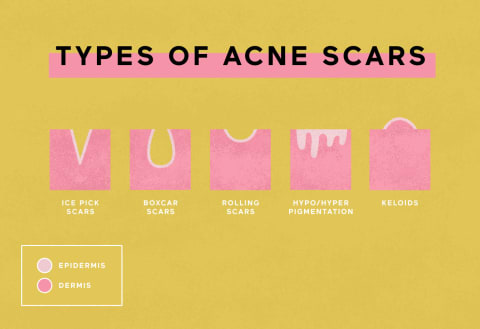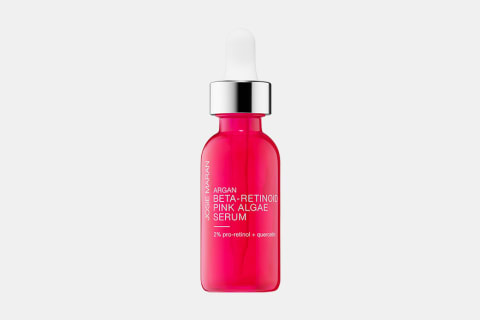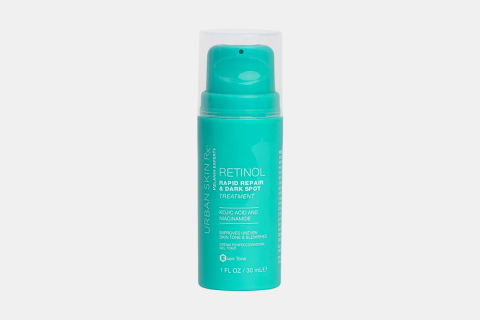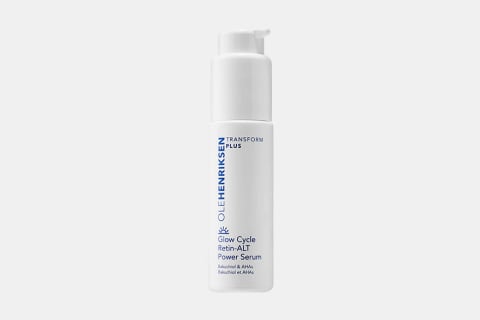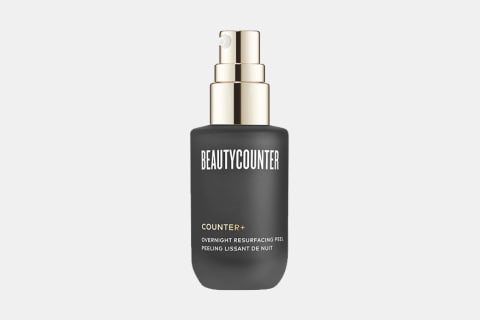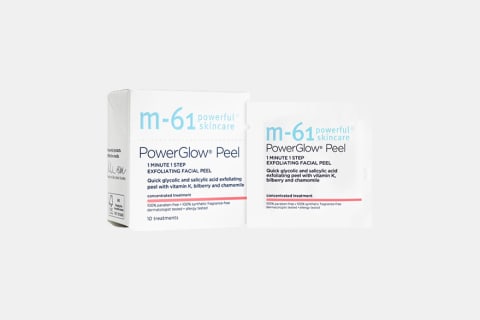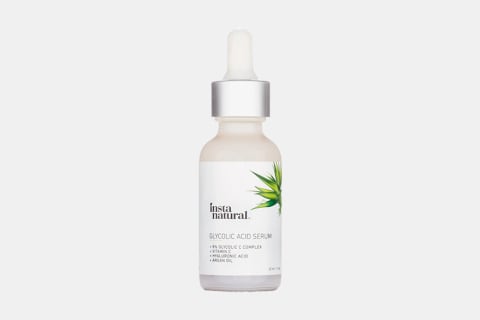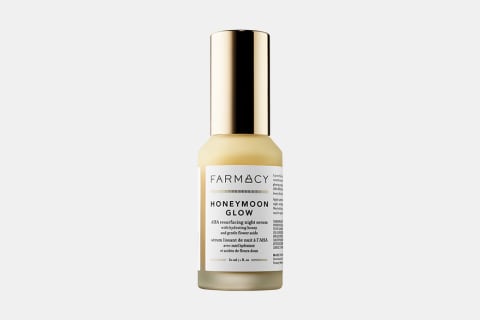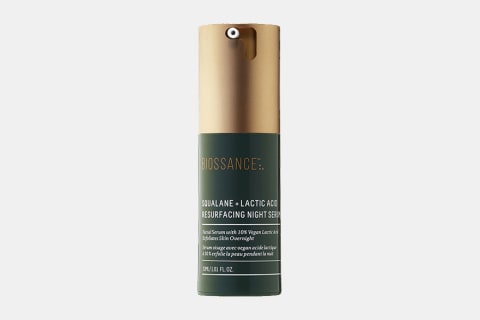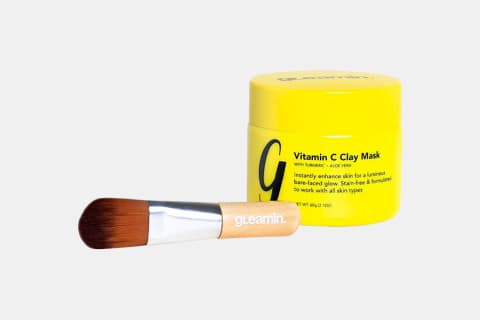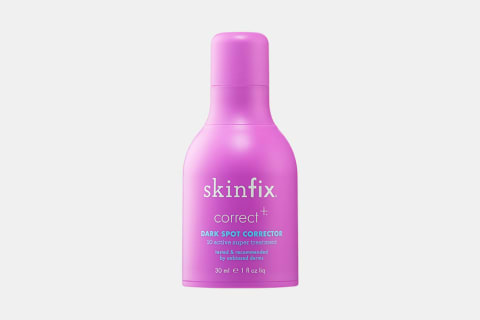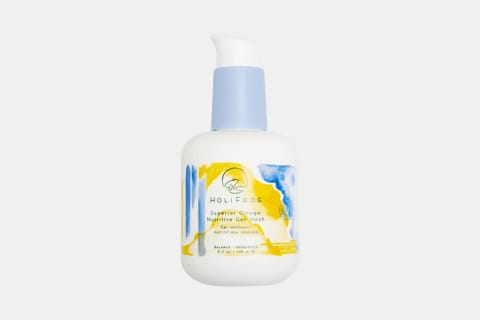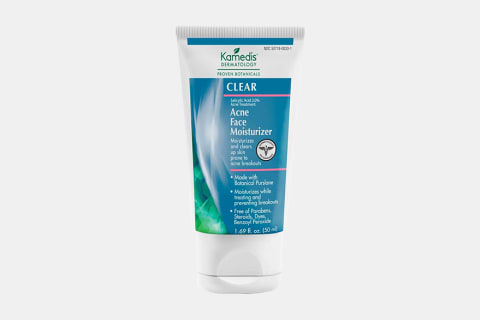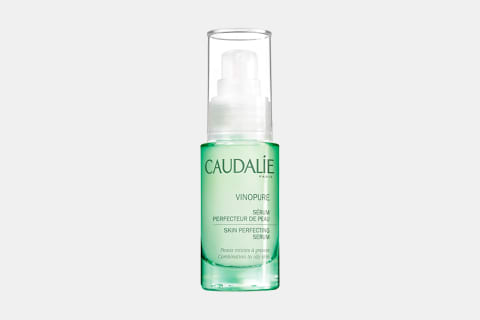Like any scar tissue, acne scars are complicated to treat1. Research shows that the most effective protocols involve multiple, complementary modalities2. So here’s our best, most effective suggestions. It’s estimated that 95%4 of the patients with acne vulgaris develop scarring of some kind. How the resulting scar tissue looks can actually vary quite a bit (which you’ll learn below), and patients can have multiple types on the skin, even within the same area. There’s also no indication of what type of scarring a person might develop. “Different people heal differently and are prone to different types of scarring. Some will be more prone to the ice pick versus rolling scars,” says board-certified dermatologist Jeremy Fenton, M.D., at Schweiger Dermatology Group in New York City. “One person may get no scarring, while another gets severe scars from a similar severity of acne.” As for at-home treatments, consider natural acids of your own: AHA or BHA acid treatments and peels can help exfoliate the top layer of skin. Also consider a retinol here, too. At home, you can also use a glycolic or lactic acid serum or cream nightly. These acids gently buffer off the top layers of skin as well as promote healthy collagen production so you can help smooth out the uneven skin. As for topicals, we recommend taking a two-pronged approach. First, you stop breakouts from forming by using salicylic acid. This oil-soluble acid is incredibly effective at shimming down into pores, dissolving excess oil, and removing buildup13. And when you do get a pimple (because let’s face it: It happens, people), be sure to soothe inflammation, too. Since scars are the result of damaging inflammation, anyone suffering from acne could benefit from a topical anti-inflammatory14.



